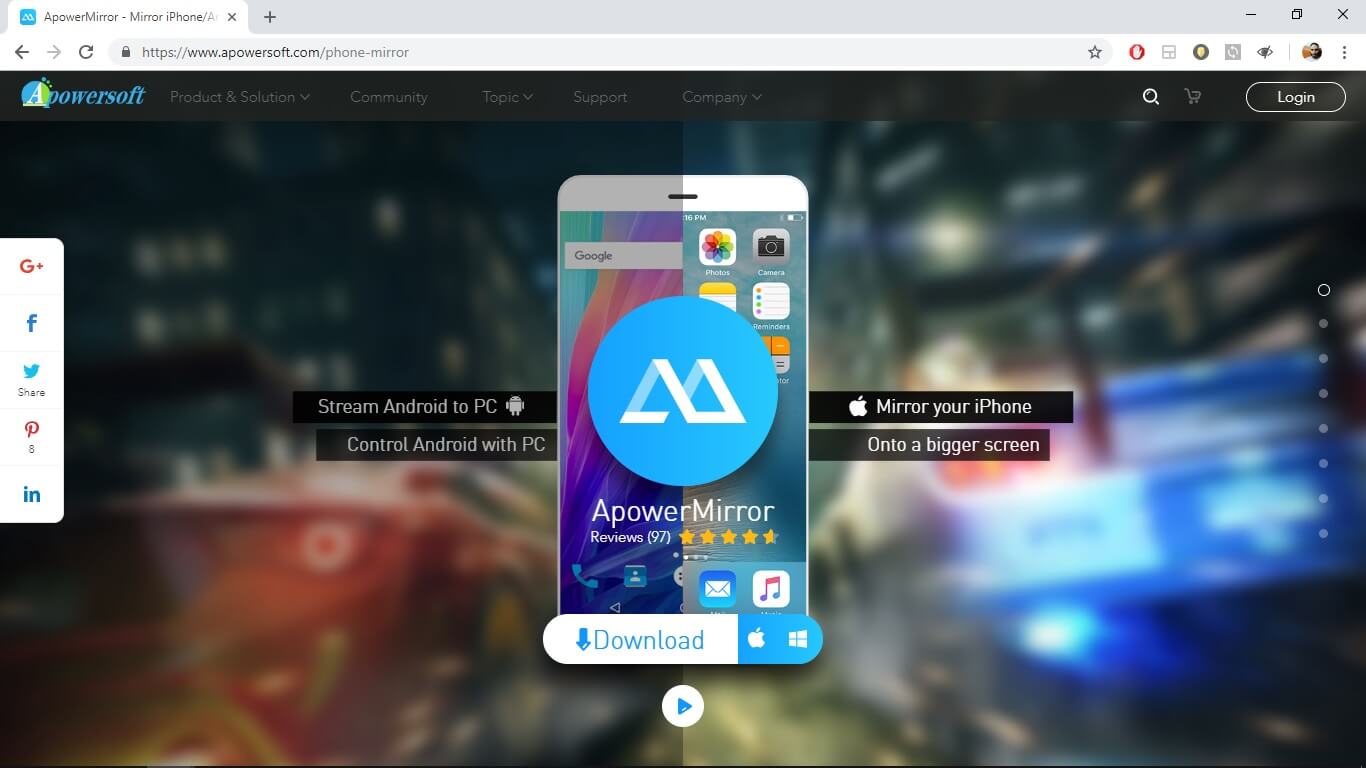- Windows PC/Laptop. An Android device. Steps to Install Android USB drivers on Windows. Extract the driver’s archive file anywhere on your computer. Connect your Android device to your computer. Navigate to My Computer properties. In the left pane, you will find Device Manager. Find your phone. Probably it will be located in other.
- The new Intel Android. USB Driver package 1. 10.0 that supports Windows. 10 is available for download at the Intel Developer Zone. It enables you to connect.
- Android Device Driver Windows 10
- Android On Windows 10 Download
- Android Others Driver Download For Windows 10 64-bit
This is meant for AMD users on Windows who want a faster AVD experience on par with HAXM, or cannot run with Hyper-V / WHPX enabled (e.g., running other virtual machine engines such as VMware/VirtualBox or not running Windows 10; however, note that we are still committed to WHPX / Hyper-V for the use cases where that is optimal, such as interop with Docker on Windows).
If you want to copy data from your Android phone to your PC, or recover the deleted contacts and text messages on your phone, apart from enabling USB debugging, you should install USB driver for your cellphone in the computer. Otherwise, your mobile phone can not successfully connect to your computer. Consequently, this article will introduce how to install USB driver for Android phone in Windows for your better understanding.
Tips: You can also download driver package from official site of mobile phone vendor and install it directily, See Android USB Drivers for Samsung/Sony/HTC/Huawai/ZTE/Motolora/etc.
Steps to install USB driver for Android phone in Windows:
Step 1: Download the USB driver.
You can download the ZIP file of Google USB driver from the following website and extract it in your computer.
http://developer.android.com/sdk/win-usb.html
Step 2: Connect your Android phone with your PC by means of USB cable.

Step 3: Turn on USB debugging in your phone.
For this step, you can refer toHow to Enable USB Debugging on Android.
Step 4: Install the USB driver.
This step is further divided into the subprocedures below.
1. Open Computer Management in Windows.
You can open it by right-clicking Computer/My Computer on desktop and selecting Manage in the context menu.
2. Enter Properties of your Android device.
Click Device Manager in the left list, right-click the device with exclamation mark in Other devices on the right and tap Properties.

3. Copy the hardware id.
As the Properties window appears, select Details, click the pull-down arrow to choose Hardware Ids, right-click the id, tap Copy and then click OK, as shown in the screenshot below.
4. Paste the hardware id to the inf file in the folder extracted from USB driver ZIP file, and then save the changes.
You can paste the id to two places of the inf file (android_winusb.inf), including blank under [Google.NTx86] and space under [Google.NTamd64]. More detailedly speaking, as it is exhibited in the following picture, the data in the small box represents the id of your Android phone (here referred to Samsung hardware id), and those in the two large boxes stand for the complete information you need to paste.

5. Update driver software.
Firstly, right-click the device with declamation mark again and select Update Driver Software.
Secondly, click Browse my computer for driver software.
Thirdly, tap Browse to select USB driver folder, choose Include subfolders and tap Next.
Android Device Driver Windows 10

Android On Windows 10 Download
Then, if you can operate the data of your phone on computer, it means that you have installed the USB driver with success. Now, it's your turn to follow the steps illustrated in this article to install USB driver for your Android phone.
Android Others Driver Download For Windows 10 64-bit
Related Articles:
